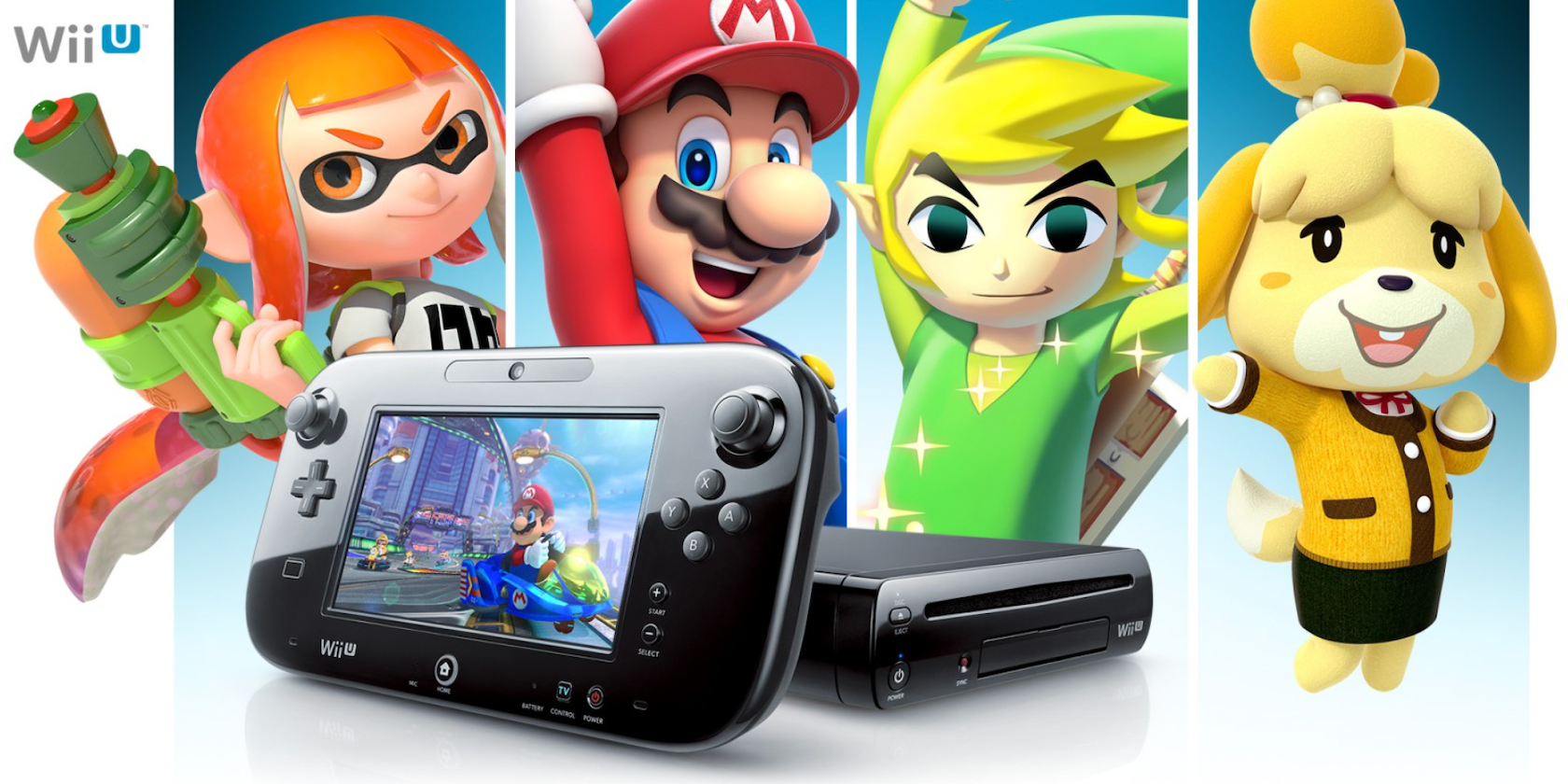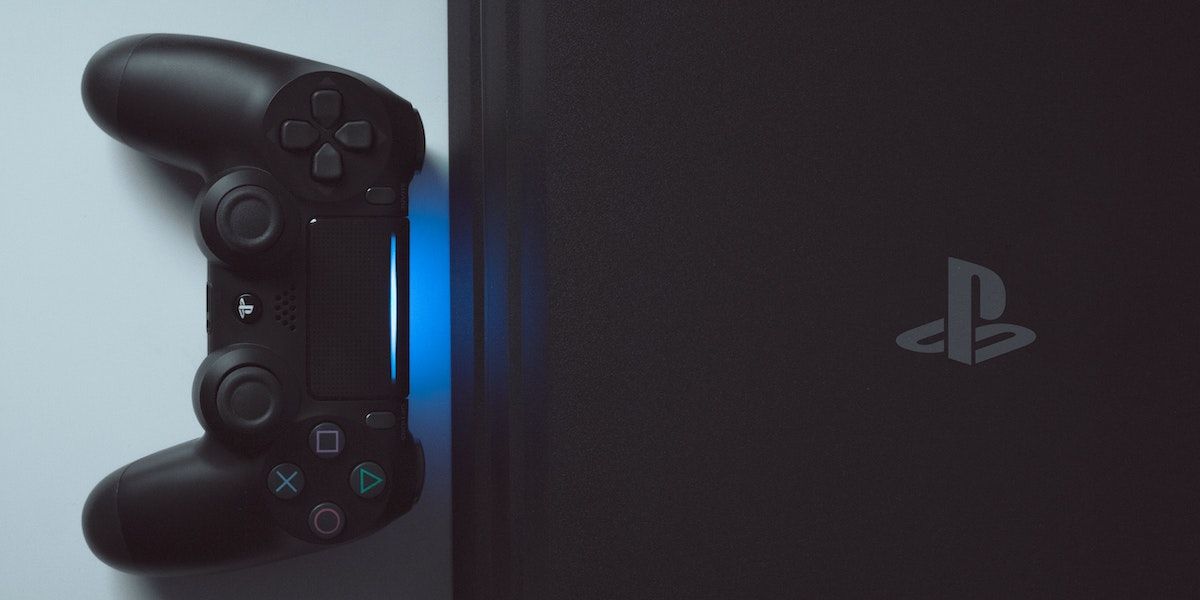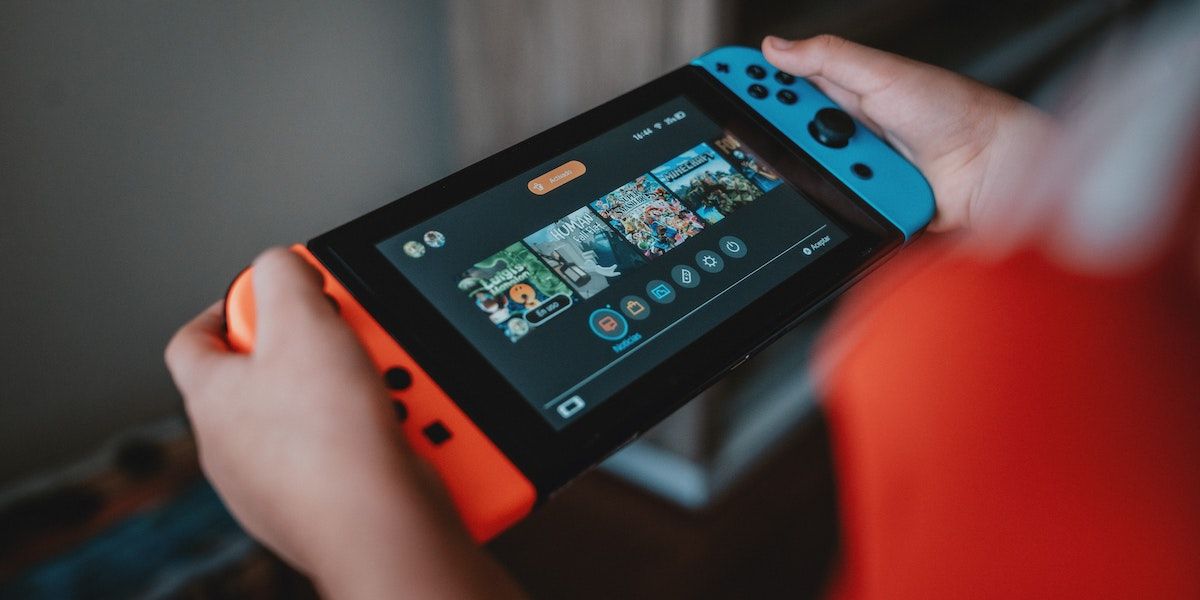Gamers often see the Wii U as one of Nintendo's rare spectacular missteps. It was a console that failed to appeal to any demographic, causing confusion amongst gamers as to its purpose, and is Nintendo's second-lowest selling console of all time.
Yet, for all the criticism it received, the Wii U actually had some excellent features which Nintendo developed into its successful comeback console: the Nintendo Switch.
Here's how the Wii U failed, and how Nintendo bounced back with the Switch.
What Was the Wii U?
The Wii U was Nintendo's successor to its smash-hit console, the Wii. After the surprise global success of the Wii, Nintendo was keen to capitalize by delivering a console that provided gamers with the Wii's unparalleled (at the time) motion controls and yet was more akin to a conventional games console.
So, in 2012, Nintendo released the Wii U. The Wii U actually had some great features going for it—it was backward compatible with Wii accessories and games, came with the bulky but innovative Wii U GamePad, and had some excellent titles, such as Mario Kart 8, Super Mario 3D World, and Splatoon.
In retrospect, it's easier for people to appreciate the Wii U for what it was trying to achieve, and the features it had that Nintendo would later develop into the Switch. But, at the time, the Wii U faced myriad problems, ranging from general confusion as to what it was, to being outperformed by the PS4 and Xbox One.
Contrary to Nintendo's expectations, the Wii U was a commercial failure, and sold around 13.5 million units, second only to Nintendo's abysmal Virtual Boy, which sold less than a million units. It lost some of the goodwill Nintendo had gained with the Wii and left the gaming giant's future unclear.
Why Did the Wii U Fail?
There are a few standout reasons that led to the Wii U's failure. Here are four key factors that led to its uneventful and disappointing lifespan.
1. Many Gamers Didn't Know What the Wii U Was
The Wii U's mis-marketing robbed it of any clear identity. Nintendo dropped the ball, ineffectively marketing the Wii U and, with most gamers unsure of what the Wii U actually was, this confusion translated into poor sales for the console.
Nintendo really pushed the Wii U's GamePad in a lot of its marketing, which led people to believe that the Wii U wasn't a fully fledged console, but more just an accessory for the Wii. "Wii U" sounded way too similar to "Wii" and this supported gamers' ideas that the Wii U wasn't a console—surely a new Nintendo console would have its own distinct name?
The Wii U's starting price didn't help this either. At $299 for the Basic bundle and $349 for the Deluxe bundle, the Wii U's introductory prices—mixed with gamers' perception that it was just a new controller for the Wii—really turned people's heads away.
Unfortunately, confusion about the Wii U's identity is still present to this day, which shows how poorly Nintendo marketed it.
2. Nintendo Under-Baked the Wii U's GamePad
The Wii U's GamePad was its star attraction and actually had some really neat ideas. The only problem was that Nintendo didn't fully develop these ideas. At least, not with the Wii U.
The Wii U's GamePad gave gamers the option to play their games on a handheld device instead of on their TV (called Off-TV Play), which was similar to Sony's PS Vita being able to stream PS3 and PS4 games via Remote Play. The Wii U, however, kept everything in one bundle, meaning that you didn't need to buy two separate consoles to play in handheld mode.
Despite creating the beginnings of a hybrid console, the Wii U's GamePad wasn't perfect. It was big, bulky, and wasn't a true handheld console, as you needed to be within range of the Wii U to be able to use it. The GamePad also had poor battery life and its touchscreen features felt more gimmicky than fun.
So, while the Wii U's GamePad was a good idea, Nintendo under-baked and over-marketed it, resulting in its disappointing reception.
3. The Wii U Lacked Third-Party Support
There wasn't much third-party support for the Wii U. Nintendo wanted the Wii U to share features of a conventional games console. This includes playing third-party titles; Nintendo lacking the crucial third-party support to bring such titles to fruition wasn't a good look.
The Wii U's hardware was in a weird spot (it had a relatively good GPU but an underpowered CPU), and Nintendo was way behind the competition with regards to online play. This gave developers a hard time in trying to release third-party titles for the Wii U. And so, they didn't. With next-gen consoles coming round the corner, third-party developers instead opted to focus on creating games for them.
Sure, you could argue that Nintendo excels on strong first-party games, but there weren't very many of those at launch either. And, despite the Wii U getting some brilliant games (it had The Legend of Zelda: Breath of the Wild), there weren't enough standout titles for gamers to justify buying it. Most Wii U releases were available on the Switch soon after it launched, where they looked and ran far better.
4. The Wii U Couldn't Hold Up to the PS4 and Xbox One
When the Wii U launched, it had better hardware than the PS3 and Xbox 360. But its hardware was significantly worse than the upcoming PS4 and Xbox One.
Also, in comparison to the Wii U, the PS4 and Xbox One's marketing campaigns were night and day—Sony and Microsoft actually marketed them as consoles. On top of that, these consoles signified 'next-gen', something the Wii U never did. Both consoles, but especially the PS4, enjoyed fantastic E3 presentations and showcased some good launch titles.
The PS4 and Xbox One were also entertainment devices, capable of streaming TV shows, movies, and music, and doubling as Blu-ray players, something the Wii U couldn't do.
With exciting new consoles and games coming up, gamers were happy to skip the Wii U to enjoy the true 'next-gen' experience that Sony and Microsoft's consoles promised.
How Nintendo Bounced Back
The Wii U put Nintendo in an uncomfortable position. Its failure made Nintendo lose credibility as a home console manufacturer, leaving people to think that perhaps the Wii was a fluke. However, Nintendo managed to get it all together and come out with the incredibly successful Nintendo Switch.
You can see the Wii U's DNA in the Switch, with Nintendo developing and improving certain Wii U features into something truly impressive.
The Wii U's GamePad, touchscreen, and Off-TV Play paved the way for the Switch and you can see these features fully realized in Nintendo's smash hit console. Gone was the bulky design, the need to connect to a home console to play in handheld mode, and the poor marketing.
Nintendo made sure that everyone knew exactly what the Switch was and what it could do: it was a hybrid console that gamers could use with their TVs and as a fully dedicated handheld device. On top of this was the Joy-Cons, an ingenious invention that allowed for both single-player and local-multiplayer with one set of hardware.
In many ways, the Switch succeeded in what the Wii U was trying to do. With the Switch, Nintendo created a true hybrid console with intuitive features, outstanding first-party games, and competent third-party ports. What a way to bounce back.
Do You Think That the Wii U Deserved to Fail?
The Wii U marked a low point in Nintendo's esteemed games console career. Though gamers look upon it more favorably now, the Wii U could never shake the confusion that surrounded it, in addition to having features that failed to live up to their potential.
However, this doesn't necessarily mean that the Wii U was a terrible console. The Wii U had some good ideas and paved the way for the Nintendo Switch. In hindsight, it got more right than people originally thought.
Maybe the Wii U's identity will stick as a console that failed, but didn't deserve to.



